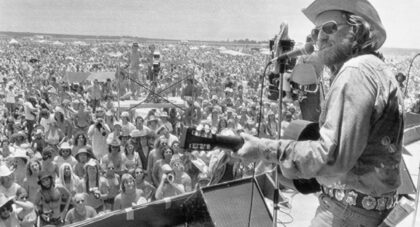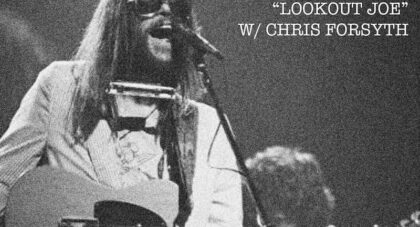Signifying a momentum shift in the influence of Brian Wilson, the nineties to early aughts saw a handful of curious, if not downright mysterious Beach Boys/Brian Wilson tribute compilations. With eclectic, avant-garde artists and names like Smiles, Vibes & Harmony, these comps began to emerge intermittently. Spurred by interest in the legendary abandoned Smile project reaching a fever pitch, these hidden relics provide fascinating insights frozen in time. All these decades later, artists of all varieties continue to look at that specific era's creative burst and beyond for endless inspiration. To quote the promotional description for the Japanese . . .
Only the good shit. Aquarium Drunkard is powered by its patrons. Keep the servers humming and help us continue doing it by pledging your support.
To continue reading, become a member or log in.


